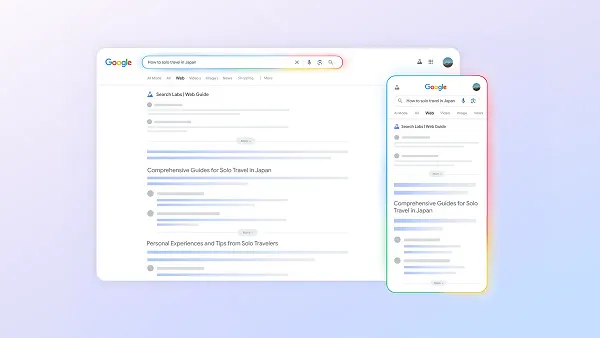TL;DR Summary of Google’s AI-Organized SERPs Experiment Enhancing Search Experience
Optimixed’s Overview: How Google’s AI-Powered Search Groupings Are Transforming Online Discovery
Introduction to Google’s Web Guide Feature
Google is advancing its search capabilities by integrating AI to better organize search engine results pages (SERPs). The new Web Guide feature groups web links into sub-collections based on specific facets of a user’s query, making it easier to explore various angles without performing multiple searches.
How Web Guide Works
- AI Technology: Utilizes a custom version of Google’s Gemini AI model to understand search queries and web content deeply.
- Organized Results: Groups related web pages into thematic clusters, providing a structured overview on the search results page.
- Comprehensive Answers: Attempts to answer multiple likely questions in a single view, enhancing user search experience and efficiency.
Potential Impact on Web Traffic and SEO
While Web Guide aims to improve discoverability and user experience, it may reduce referral traffic significantly. Users receiving summarized or grouped answers on the SERP are less inclined to click through to external sites. This trend was highlighted in a recent Pew Research report showing a 50% drop in click-through rates when AI summaries appear.
As a result, website owners and SEO professionals may face challenges, especially those relying on long-tail keyword traffic. The evolving AI-driven search format could reshape how users interact with content and how sites gain visibility.
Current Availability and Future Outlook
Google’s Web Guide is currently accessible to users who have opted into Search Labs, allowing early adopters to experience this AI-enhanced search organization. This feature represents an inevitable shift in search behavior, emphasizing the growing role of AI in shaping online information discovery.
